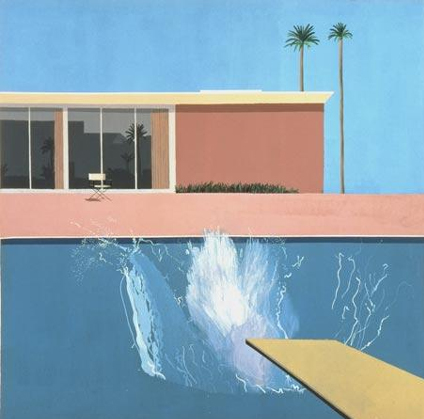New York, 1962: the Pill has recently become available, the newspapers are full of John Glenn, the first man in orbit, and Andy Warhol is painting 80 2-Dollar Bills, Front and Rear. All history now, as the very exis-tence of ''The Pop Art Show'', at the Royal Academy, confirms, but still Warhol's painting seems fresh-minted. It continues to make a point in the present era of art-as-investment, of auction-room boom and crash: a neat image of the modern tendency to see paintings through a veil of dollar signs.
Warhol takes centre stage in ''The Pop Art Show'', this particular painting flanked in the grandest of the RA's galleries - the organisers have deliberately lowered the tone by giving it a white vinyl floor - by numer-ous other examples of his unparalleled cheek: a rockfall of Brillo boxes, a big Campbell's Soup Tin painting and a host of silkscreened Liz Taylors.
One thing this show proves is that some Pop Art has worn better than others. Pop and its exponents now have more than 30 years behind them, so it is inevitable that some of the original eclat of the work, its ''Whatever next?'' quality, has worn off. We now know what did come next. Tom Wesselmann's Bathtub Col-lage, complete with real towel and towel-holder, lavatory seat and shower-curtain, still seems in consum-mately bad taste. But whereas it might, once, have seemed more of a challenge, the last 30 years of Wes-selmanns make it seem, now, like the harbinger of a lifetime's devotion to triteness. Claes Oldenburg's gi-gantic toothpaste tube (Giant Soft Toothpaste), by contrast, is still a wonderful object, an import from Brob-dingnag that hasn't lost its power to unsettle. Pop was a lot more heterogeneous than is often thought.
Warhol, who is represented by more works than any other...


